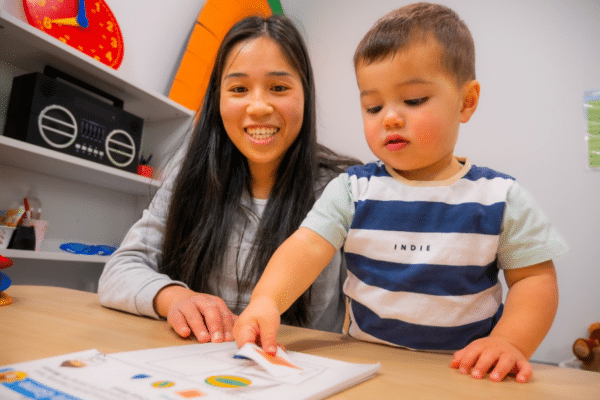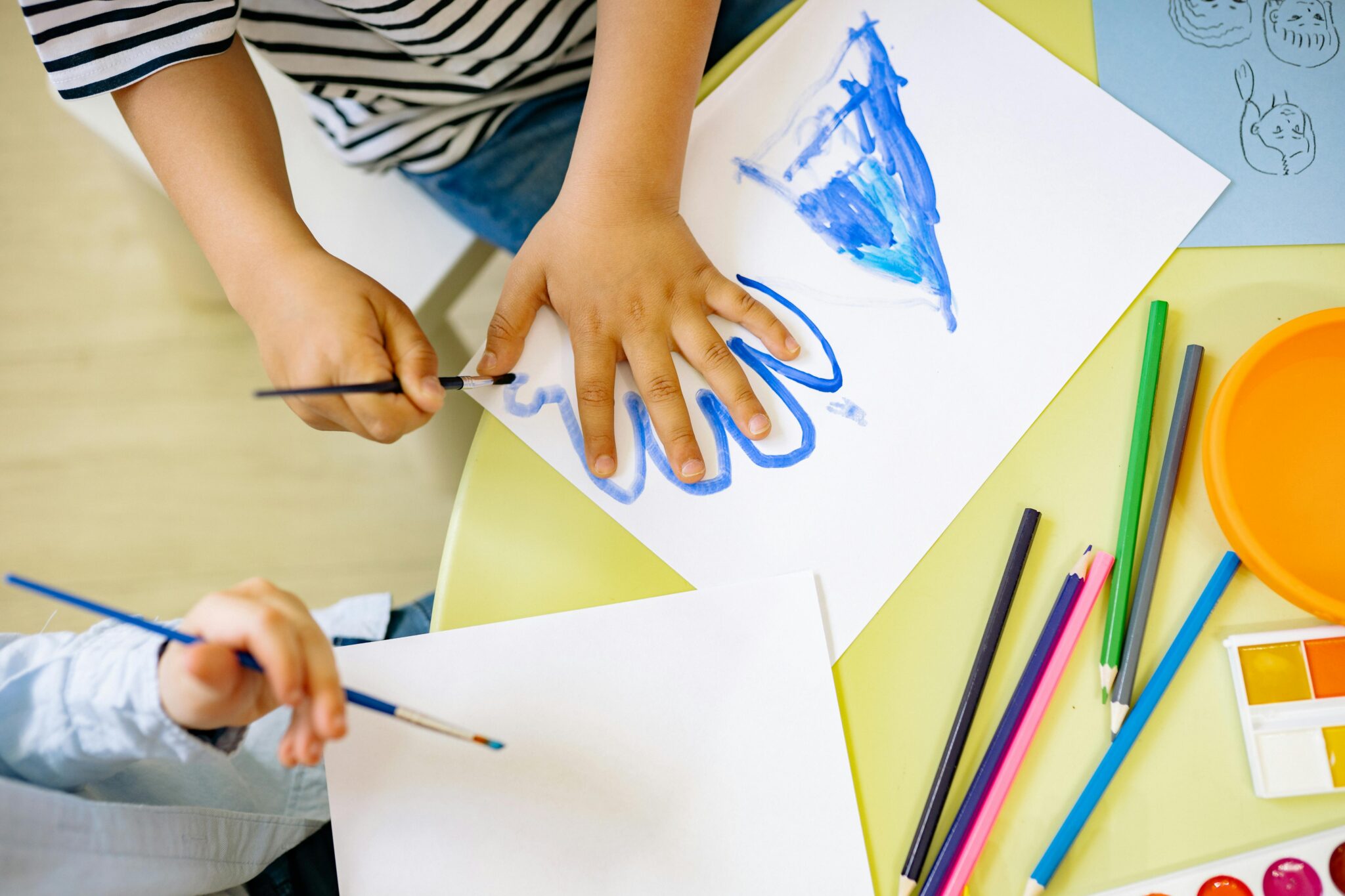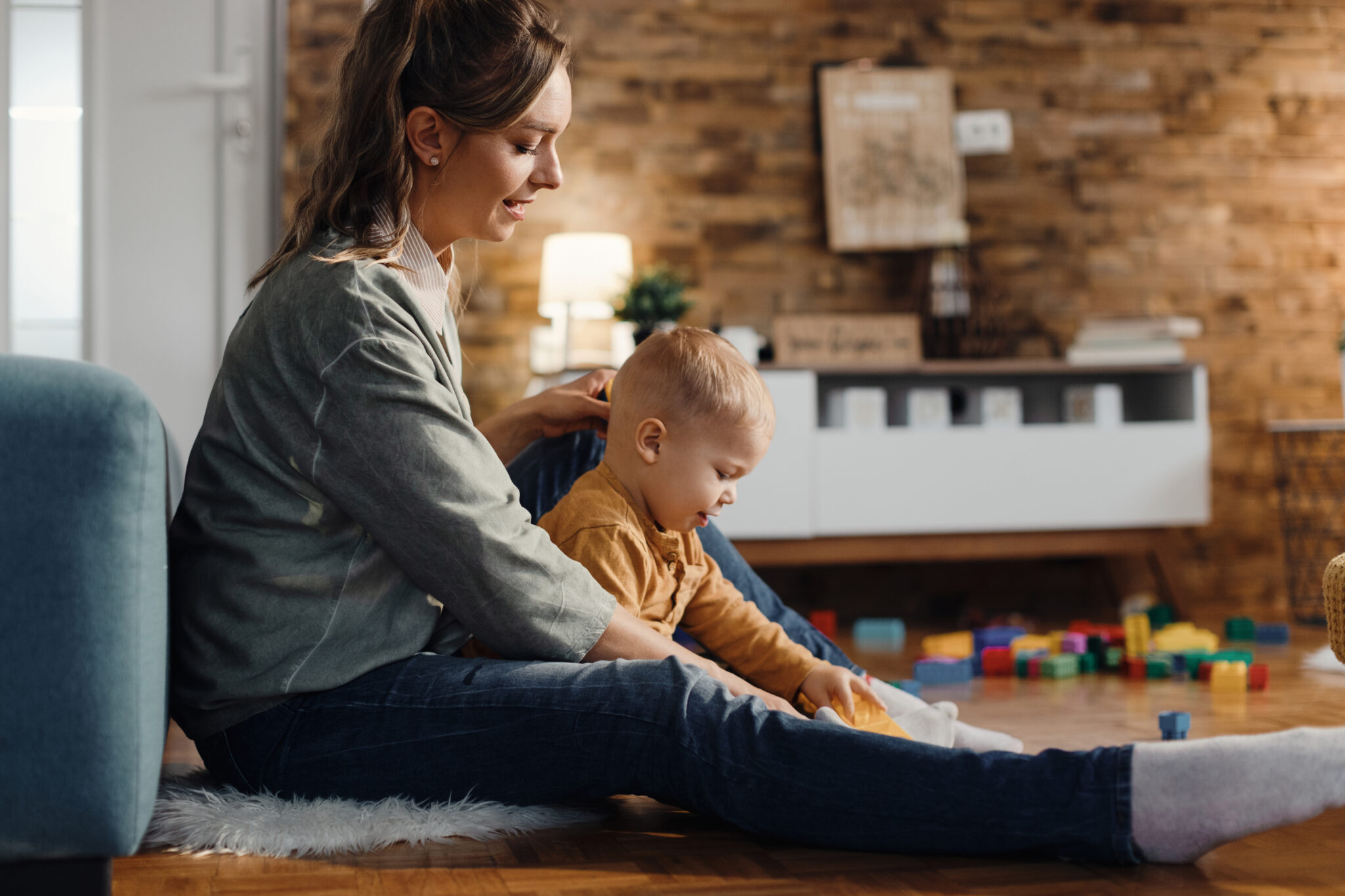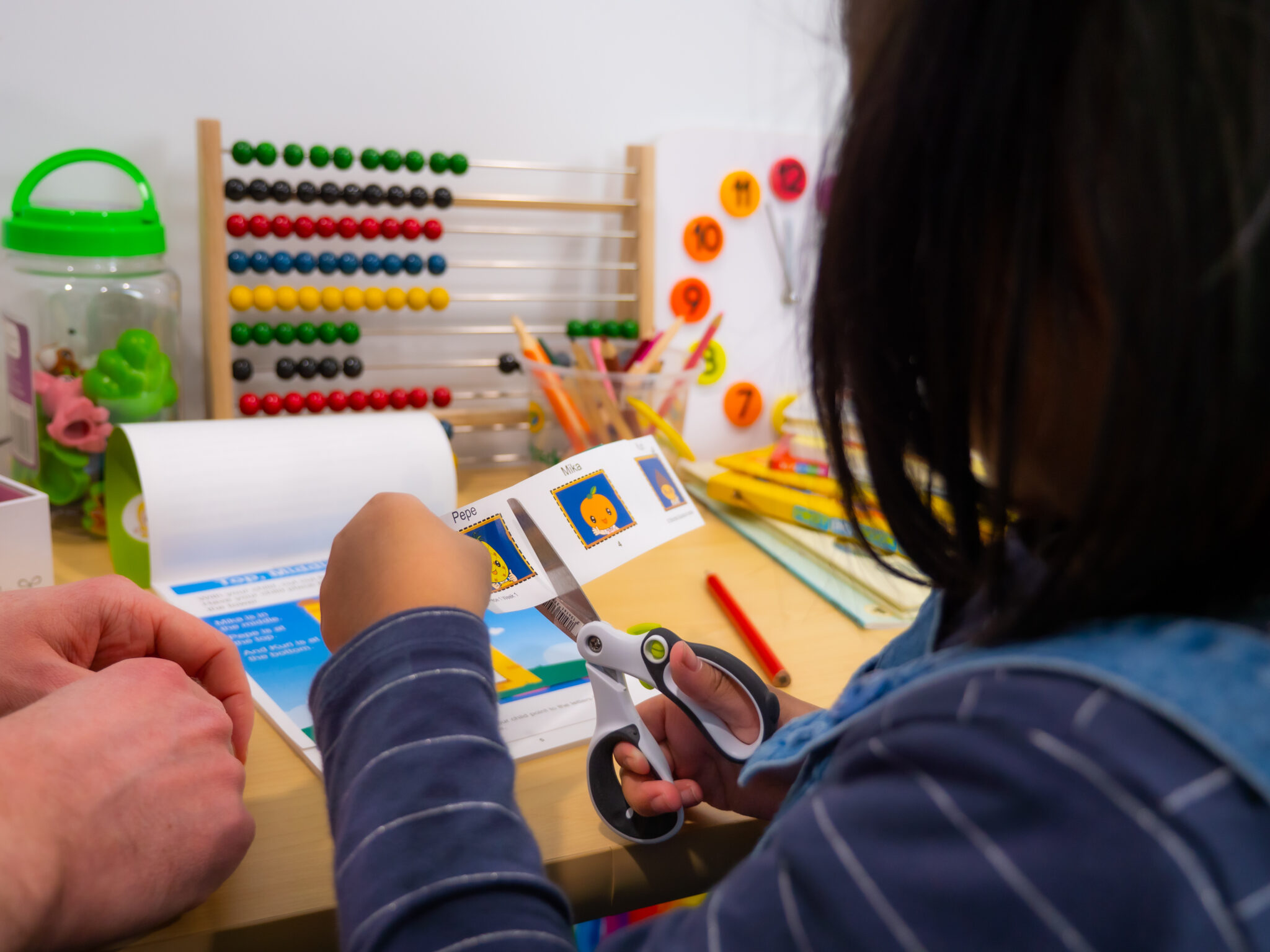Amazing Memory Training Techniques for Kids
Memory is the backbone of learning – it gives you the ability to store and retrieve information. Memory is essentially the footprint of your child’s learning process.
But, it’s not only learning that is facilitated by memory. The knowledge stored within your child’s memory provides a solid foundation upon which they can connect new information. Think of it like building blocks – the more you have, the easier it is to add new ones.
Strengthening your memory skills takes practice, and the SHICHIDA early education program is here to help. Our program works with children as young as one year old to enhance their retention and recall abilities. Start building a better memory today with SHICHIDA.
Here are 5 tactics and techniques that SHICHIDA uses to enhance your child’s memory.
Eidetic (or photographic) memory training
Eidetic memory refers to the ability to take a mental picture of an image and store that mental picture in your mind. It is an ability that most adults would consider to be difficult, or even impossible.
However, young children still retain the ability to utilize their right brain. Because of this, they are actually able to tap into their eidetic memory ability. They can use this ability to recall vast amounts of information, even after just a glance.
At SHICHIDA, we take advantage of this ability and train children to develop their eidetic memory skills! We use a game called the Magic Camera Game to encourage children to take a photo with their mind. They then use this mental photograph to try to recreate the image that they saw.
This game is a great way to develop your child’s eidetic memory skills. It is also designed to be fun for children. With mum and dad’s assistance, they can have fun recreating the image by sticking objects onto their worksheet or pointing to the screen. They can celebrate as they see how closely they were able to replicate the picture. You will see their progress as they get better and better at remembering the picture accurately.
This Magic Camera Game is designed to slowly get more and more complicated and challenging as your child gets older. Before you know it, you will be able to marvel as your child recalls complicated pictures with almost 100% accuracy.
How to practice eidetic memory at home
To practice this game at home, simply draw a 2 x 2 grid on a piece of paper and place a toy in each square of the grid. When your child is just starting out, try to use nice big toys that are visually distinct from each other in shape and color. Show your child the grid for three seconds, then remove the toys and have your child try to remember the placement of the toys.
SHICHIDA at Home offers a lot of variations on the Magic Camera Game to help your child develop their eidetic memory skills. Check out how Shichida At Home can help develop your child’s cognitive ability from the comfort of your home, all while facilitating that all-important bond between parent and child.
Mnemonic (or linking) memory
Mnemonics refers to a technique that tries to link data to a vivid image, making for easier retrieval and recall. For example, the Peg Memory technique assigns pictures to numbers. By turning a series of numbers into a series of pictures, then using the pictures to create a vivid story in your mind, you can recall a long string of numbers just by telling yourself that story.
At SHICHIDA, we practice mnemonics using a variety of techniques, all designed to build on each other so that your child can gradually develop this skill.
Your child will start with practicing using the Silly Story. The teacher tells children a silly and memorable story using a series of flash cards. Once the story is complete, the cards are turned face down and your child practices recalling either the location of each card, or verbally outputting what the image on each card was.
Because the story is silly, it makes it easier for your child to remember. Once again, with mum and dad’s help, your child can have fun pointing to all the cards and recalling the story as best they can. With practice, they will be able to recall more and more of the story!
This technique can be used in combination with the Peg Memory technique to memorize more complex forms of data such as lists or number sequences.
How to practice mnemonics at home
To practice the Silly Story game, simply use flashcards or printed images to create your very own Silly Story. As you’re telling the story, flip the cards around so your child can see them. Once the story is complete, flip the cards face down one by one as you say the name of each item. Then, have your child try to recall the story and the images on each card.
When your child is just starting, only use three or four cards. As they get better and better you can slowly add more cards to the story. Remember to make your story nice and silly so it is easier for them to remember!
Auditory memory
Auditory memory is the ability to store and recall information through songs, rhythms, tunes or rhyming. Through repetition of audio tracks played at rapid speed, your child’s brain can encode large amounts of information quickly and easily.
Endlessly playing the same song on repeat can drive parents crazy, but there’s actually a purpose behind those repetitive children’s songs. By singing along with these tunes, children are able to develop their memory skills – a crucial ability that will serve them well in their academic and personal lives. Not only do these songs improve auditory skills, but they offer a fun and engaging way to practice memorization that feels less like a chore and more like playtime.
How to practice auditory memorization at home
To practice this ability at home, simply have your child sing and dance along to their favorite songs. The repeated action of singing and dancing to these songs is developing their auditory memorization ability, which they can utilize later down the line to memorize complex information such as the periodic table, the US presidents or the constant Pi.
SHICHIDA at Home videos packed full of songs that will have your child singing and dancing. These help your child develop their auditory memory skills. Check out how SHICHIDA at Home can help develop your child’s cognitive ability from the comfort of your home, all while facilitating that all-important bond between parent and child.
Image training
The power of imagination is actually closely linked to memorization ability. The more able your child is to use their brain to visualize vivid images, the easier it is for them to recall information using eidetic imaging or mnemonics.
Help your child improve their memory with these four strategies. First, encourage them to visualize by painting a picture or making a movie in their mind after reading or hearing something. Second, take a multisensory approach and engage all their senses to learn – not just reading, but also touching, smelling, tasting, and moving. Third, use color to make learning more engaging and memorable, such as highlighting important passages, creating color-coded study schedules, and using stick-on notes. Finally, help your child recognize patterns and categorize information, which can greatly enhance their long-term memory retention.
Get your kids’ creativity flowing by helping them visualize what they read or hear. As their visualization skills improve, they can describe the image instead of drawing it. Spark your child’s imagination and unlock their potential!
Tapping into your child’s mental visualization ability is a crucial component of developing their memory skills.
SHICHIDA at Home videos all contain activities that help nurture your child’s imagination and develop their visualization skills. Check out how SHICHIDA at Home can help develop your child’s cognitive ability from the comfort of your home, all while facilitating that all-important bond between parent and child. Try your FREE TRIAL today!
Encourage heart-centred learning
As stated earlier, learning and memory are linked. Memory helps you learn, but learning also helps develop your memorization ability. They are like two muscles on the same arm, working on one is bound to make the other stronger and vice versa.
If you want to improve your child’s memory, nurture their natural desire to learn.
Fuel your child’s love of learning by exploring the library for exciting books and videos on different topics. Or, plan a trip to a museum or art gallery to further spark curiosity. When children are passionate about their studies, they’re more likely to retain the information for years to come.
Engage your child in learning by having discussions on various topics and asking for their thoughts. This strengthens their memory and critical thinking skills, enabling them to retain information for longer periods and respond to questions with confidence.
How SHICHIDA can help
At SHICHIDA we want to prepare your child with all the tools they need to succeed in the future, no matter where their passions might lie. Our program focuses on whole-brain training, which means we not only work on improving literacy, numeracy and critical thinking, but also work to improve your child’s memory, imagination and intuition. That way, your child is not only exposed to a variety of potential passions, but is given the skills required to succeed in any that they choose to pursue.
Not only this, but we also put a strong emphasis on heart-centred learning. This means that we not only educate the mind, but also the heart and soul as well. Our goal is for your child to grow up with an innate love of learning. If your child has a passion for learning, all you need to do is encourage them and support them in this passion in order for them to succeed.
Check out how SHICHIDA at Home can help develop your child’s cognitive ability from the comfort of your home, all while facilitating that all-important bond between parent and child.
References
“11 Ways to Improve Kids’ Memory Power.” Oxford Learning, 30 Oct. 2017, www.oxfordlearning.com/11-ways-to-improve-memory-for-kids/.
“Do’s and Don’ts to Boost Your Child’s Memory | British Council.” Britishcouncil.my, 2019, www.britishcouncil.my/english/courses-children/resources/do-dont-boost-child-memory.
SHICHIDA. “Memory Training for Children | Photography Memory Training | Shichida.” Shichida Australia, www.shichida.com.au/program/memory-training/. Accessed 26 May 2023.







